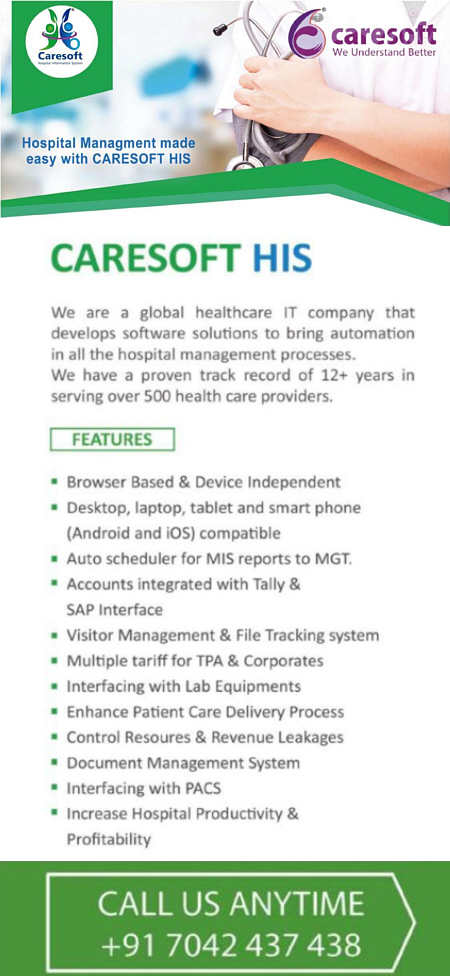Pharma Powerhouse: Indian Pharma Industry Aims for $200 Billion Expansion by 2030
The Indian pharmaceutical industry is poised for substantial growth, with the potential to expand by four to five times its current value, reaching a staggering $200 billion.

The Indian pharmaceutical industry, a cornerstone of the nation's economic landscape, is poised for substantial growth, with the potential to expand by four to five times its current value, reaching a staggering $200 billion. Arunish Chawla, the Secretary of the Department of Pharmaceuticals, recently shared this ambitious vision at a CII event in New Delhi. In his address, Chawla emphasized the need for strategic measures, increased manufacturing, and a robust focus on exports to achieve this ambitious target.
Current Scenario: As of now, the Indian pharmaceutical industry stands at a commendable $50 billion. However, Chawla's vision projects exponential growth over the next decade, aiming to double or even quadruple its current value. This growth trajectory hinges on sustained double-digit year-on-year expansion, coupled with a concerted effort to reduce dependency on imports and bolster exports.
The Roadmap to $200 Billion: Chawla highlighted the government's commitment to supporting the pharmaceutical sector through various policy initiatives, including production-linked incentives. These incentives aim to fuel domestic production, making the industry a more significant contributor to the overall manufacturing sector in India. Chawla set a target for the pharmaceutical industry to represent 20% of the manufacturing sector by 2030, up from just over 10% in 2020.
The Era of Smart Medicine: Acknowledging the dynamic evolution of medical therapies, Chawla emphasized the advent of the "age of smart medicine." He anticipates that new therapies emerging in the next 20 to 30 years will revolutionize treatment for various challenging illnesses. To harness the potential of these advancements, he stressed the need for proactive preparedness within the industry.
Strategic Focus on Key Areas: Chawla called for a strategic realignment of focus, particularly in sectors that remain import-dependent. Redesigning the policy framework is essential to transition from reliance on imports to becoming exporters in these segments within the next decade. This shift requires a holistic approach, encompassing research and development, innovation, and a collaborative effort between academic institutions, laboratories, and industries.
Exporting Excellence: Highlighting the industry's existing prowess in export, Chawla expressed optimism about India emerging as a major exporter of various medical technology products. He underlined the critical role played by new technologies, collaborative research, and development initiatives that bring together academia, laboratories, and industries.
The vision outlined by Arunish Chawla for the Indian pharmaceutical industry is both ambitious and transformative. Achieving a $200 billion valuation by 2030 requires a multifaceted approach, including sustained growth, reduced import dependency, and an increased focus on exports. The government's supportive policy initiatives, coupled with the industry's proactive measures, position India to become a global powerhouse in pharmaceuticals, contributing significantly to the nation's economic landscape. As the industry gears up for this monumental leap, the prospects for innovation, research, and global leadership in smart medicine are indeed on the horizon.
#IndianPharma
